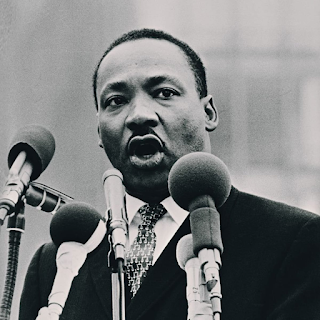Albert Einstein: Unraveling the Universe with a Brilliant Mind
Albert Einstein, a name synonymous with genius, reshaped our understanding of the universe through groundbreaking theories that continue to resonate across science and society. From his early curiosity in science to his formulation of the Theory of Relativity and his enduring legacy, Einstein's life remains an awe-inspiring journey of discovery and innovation.
 |
| Albert Einstein |
Born in Ulm, Germany, in 1879, Einstein displayed an early interest in scientific matters. His family's move to Munich and exposure to science-related books nurtured his curiosity and laid the foundation for his later achievements.
II. The Miracle Year of 1905
In a single year, 1905, Einstein published four groundbreaking papers that altered the course of physics. His Special Theory of Relativity challenged traditional notions of space and time, while his work on the photoelectric effect laid the groundwork for quantum theory.
III. Academic Career and Relocation
Einstein pursued university studies and received his doctorate in 1905. He later moved to Switzerland and took a job at the Swiss Patent Office, a position that provided him with the quietude to engage in scientific contemplation.
IV. General Theory of Relativity
Einstein's crowning achievement came in the form of the General Theory of Relativity. This theory, published in 1915, revolutionized our understanding of gravity and the nature of spacetime. Its profound implications are still felt in modern physics.
V. Fame and Recognition
The solar eclipse of 1919, famously observed by Arthur Eddington, provided empirical support for Einstein's General Theory of Relativity. This achievement led to Einstein being catapulted into the scientific limelight and receiving the Nobel Prize in Physics in 1921.
 |
| Einstein receiving Nobel Prize |
VI. Emigration and Impact of World War II
With the rise of the Nazi Party and escalating anti-Semitism, Einstein emigrated to the United States. Here, he made significant contributions to theoretical physics while grappling with the horrors of World War II and advocating for international cooperation.
VII. Atomic Age and the Manhattan Project
Einstein's letter to President Roosevelt in 1939 warned of the potential military applications of atomic energy. This letter played a role in initiating the Manhattan Project, which led to the development of the atomic bomb during World War II.
 |
| Manhattan Project |
VIII. Advocacy for Peace and Human Rights
Post-war, Einstein championed pacifism and sought to prevent the spread of nuclear weapons. He was vocal about his support for civil rights and equality, advocating for a world guided by reason and compassion.
IX. Unified Field Theory and Unfulfilled Quest
Einstein's quest for a Unified Field Theory aimed to harmonize the fundamental forces of nature. Despite his immense efforts, he was unable to achieve this ambitious goal, leaving a tantalizing puzzle for future physicists.
X. Later Life and Legacy
Einstein's later years were marked by teaching, continued research, and his indomitable curiosity. His passing in 1955 marked the end of an era, but his scientific legacy endures as an inspiration for generations of researchers.
XI. Contributions to Physics and Cultural Influence
Einstein's Theory of Relativity remains a cornerstone of modern physics. His famous equation, E=mc², encapsulates the equivalence of mass and energy, and his ideas have had a profound impact on our understanding of the cosmos and our place within it.
Conclusion
Albert Einstein's life journey was a testament to the power of human curiosity, imagination, and the relentless pursuit of truth. His contributions reshaped the landscape of science and left an indelible mark on humanity's quest to understand the mysteries of the universe. As we reflect on his legacy, we are reminded that the pursuit of knowledge and the spirit of inquiry continue to fuel our collective progress.


Comments
Post a Comment